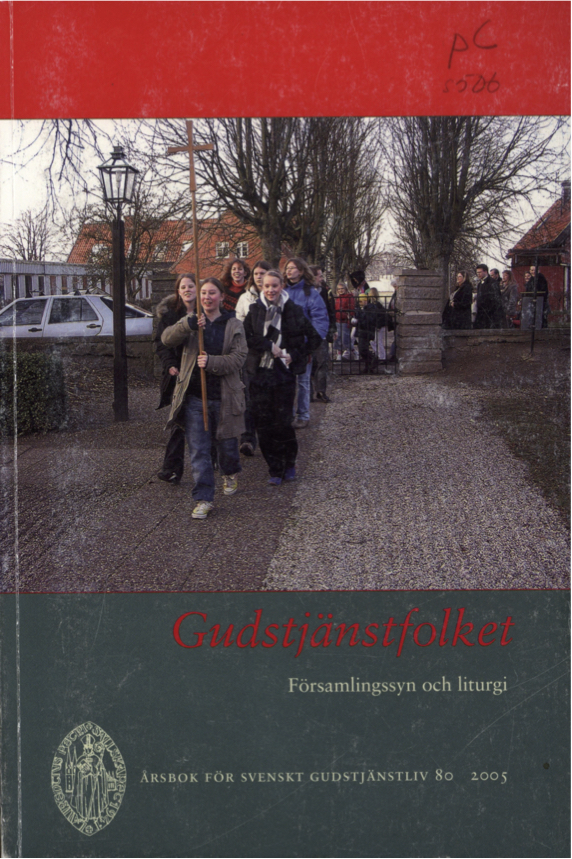Församlingssyn och gudstjänstliv i nutida romerskt-katolskt perspektiv
Abstract
The article summarizes the official Roman documents issued after the second Vatican Council (1962-65) and related to the theology of the liturgy and the congregation (Gr. ekklesia, synaxis; Lat. congregatio) of the faithful as the focus of God’s self-revelation and Christ’s presence among his people.
According to the conciliar constitution Sacrosanctum Concilium (1963), the liturgy is an act of Christ, who continues to offer himself to his heavenly Father in the Eucharist and associates with the human priest and, through his ministry, all the faithful in this oblative act. Thus, the earthly liturgy is a participation as well as an anticipation of the celestial liturgy, presided over by Christ, the heavenly Priest. At the same time, the Eucharist constitutes the Church on earth (as a local as well as a universal reality) and makes her visible in the world.
The local congregation is the sign of the Church as a totality, one, holy, apostolic and catholic. The bishop is the personal symbol of continuity with its apostolic origins and the link to the Church universal and the college of bishops in communion with the successor of Peter, the Roman Bishop. This means that the Church is not only, or primarily, an institution but rather a dynamic process, the coming together of the Body of Christ on earth, here and now, in living contact with the whole Body of Christ through the centuries.
The role of the bishop is heavily stressed in the Roman documents, and the ordinary priest celebrating Mass is seen as the local representative of his bishop, acting with his authorisation and on his behalf.
The liturgy is an epiphany. Even in the poorest conditions, Christ makes himself present in the liturgy. Within the liturgical year, he offers every aspect of himself to be »touched» by the faithful, through the inspired word and the Eucharist.
But the mystery which is celebrated in every Eucharist is the Paschal mystery, Christ’s salvific death and resurrection, which is a unique historical event, the only one that does not belong to the past: it persists in the Church’s coming together to celebrate the Eucharist.
Some leading thoughts concerning liturgy in the Catechism of the Catholic Church are presented (liturgy using signs taken from creation, the symbolism of the church building).
The directives of the Council were enacted during the decades to come. The most conspicuous effects of the reform were the introduction of the vernacular in the Sunday mass, the celebration versus populum, and the three year cycle of readings (Old Testament-epistle-gospel) as well as a stronger sense of the liturgy as a common act of all the faithful.
Also, the Roman Catholic liturgical reform has somehow affected most reformed Churches with their historical roots in Medieval Catholicism, not the least the Lutheran Church of Sweden, which has recently applied many of the principles of the Sacrosanctum Concilium.
Some concluding reflections are made on the need for comprehensive sociological and theological studies of how this spectacular reform has been received by the average churchgoer. The author is a professor of Latin, University of Lund, and a Roman Catholic priest.
Downloads
Publicerad
Nummer
Sektion
Licens
© författarna, Laurentius Petri Sällskapet för svenskt gudstjänstliv samt Artos & Norma bokförlag. Det är tillåtet att kopiera och använda material ur Svenskt Gudstjänstliv för forskningsändamål om källan anges. För övriga ändamål kontakta respektive artikelförfattare samt förlaget. Särskilda restriktioner kan gälla för bildmaterial.


